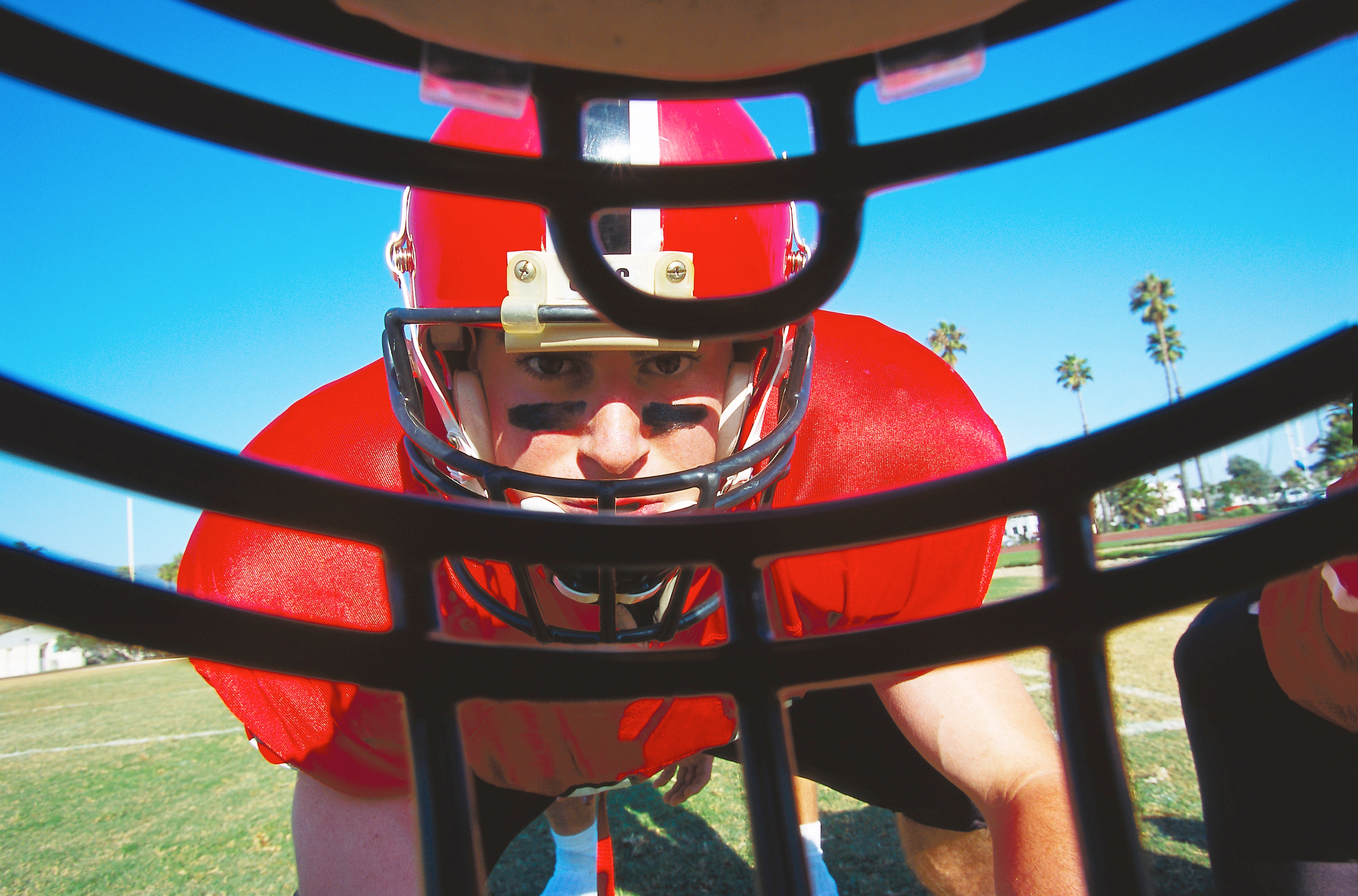What to consider when choosing a football helmet
Published 10:43 am Thursday, July 16, 2020

- A properly fitted helmet is the first step to preventing head injuries while playing football. (Contributed photo)
|
Getting your Trinity Audio player ready...
|
Playing sports can be both exhilarating and fun, but there also exists a certain possibility for injury.
In football, a helmet is one of the many designated pieces of equipment designed to protect injury to a player’s head.
However, the National Athletic Trainers Association warns that a helmet must properly fit in order to provide the full extent of protection.
A recent study by the NATA found that the majority (74%) of helmets in youth football, ages 7-12, do not meet at least one of the 13 criteria developed by the association to determine a proper fitting helmet.
“As youth football players return to sport during the COVID-19 pandemic, it’s critical that all safety factors, such as proper helmet fit, are taken into account to reduce the risk for critical head injury in this vulnerable population,” said Dr. Susan Yeargin, Associate Professor of Athletic Training at the University of South Carolina. “Players depend on their league to provide and fit helmets correctly, however, few leagues require coach education on helmet fitting or provide appropriate medical personnel to do the fitting properly, putting young athletes at risk for concussions with more severe and longer lasting symptoms.”
Because not every player has the same sized head, a helmet’s dimensions will vary accordingly.
The first step in choosing a well-fitting helmet is to measure the player’s head circumference 1 inch above the eyebrows and then select the appropriate helmet size according to the helmet manufacturer.
According to the NATA, the following is a checklist of things to look for once the player has the helmet on:
- The helmet should have a snug fit around the front, sides and crown of the player’s head.
- There should not be a gap between the cheek pads and the player’s face.
- The chin strap should be snug against the player’s chin and prevent the helmet to move from side to side or up and down.
- When pressing down on the helmet, the player should feel pressure on the crown of their head and not their brow.
- The helmet should sit at a two-finger width above the eyes.
- The back of the helmet should cover the base of the skull.
- A helmet’s ear holes should align with the opening of both ear canals.
- The face mask should not block a player’s vision and should be three fingers away from chin.
- The helmet should only move with the player’s head and not move on its own.
Even after a properly fitting helmet is chosen, the NATA advises that routine inspections be done to the helmet prior to each use.
Several factors, such as hair length and air temperature, can prompt a necessary adjustment of a helmet’s fit.
The NATA study consisted of 273 players across 24 teams in four recreational youth tackle football leagues.
The research found that 46% of helmets had a chinstrap that did not equally fit on both sides of the face; 26% had a lack of snugness on all sides; 26% did not have the crown of the helmet one to two fingers above the eyebrows; 36% had a facemask that moved up and down.






